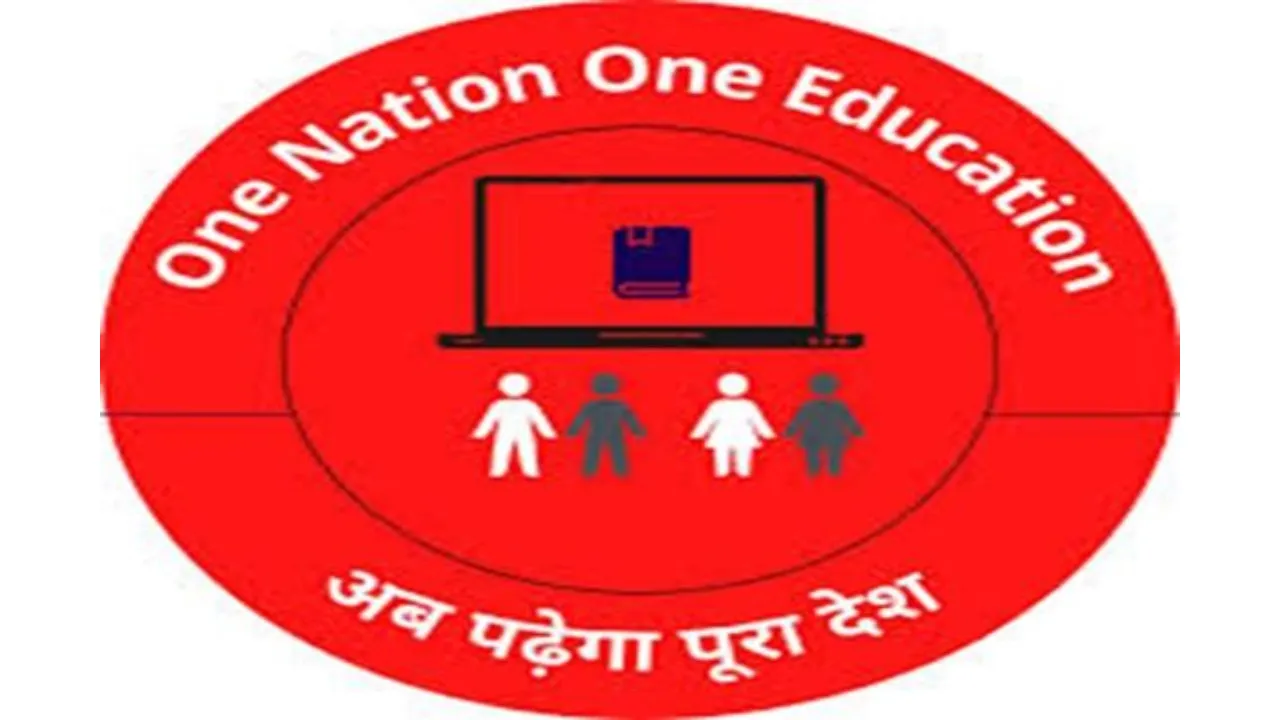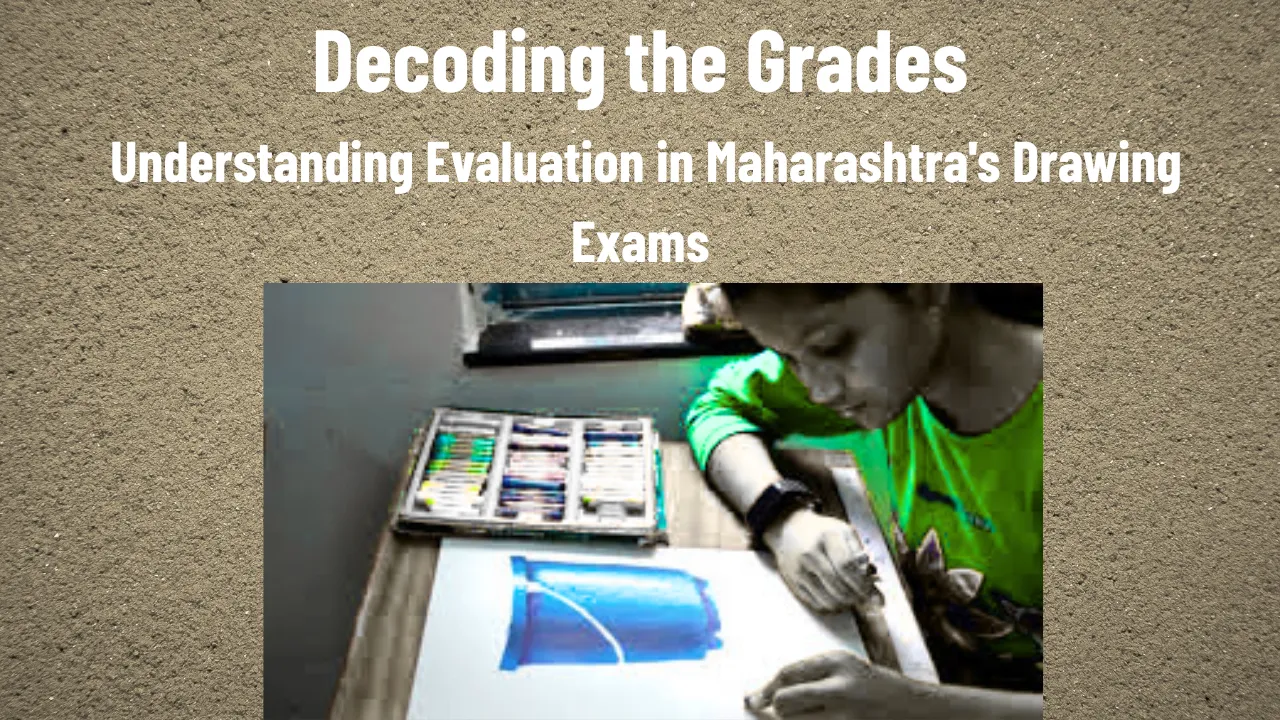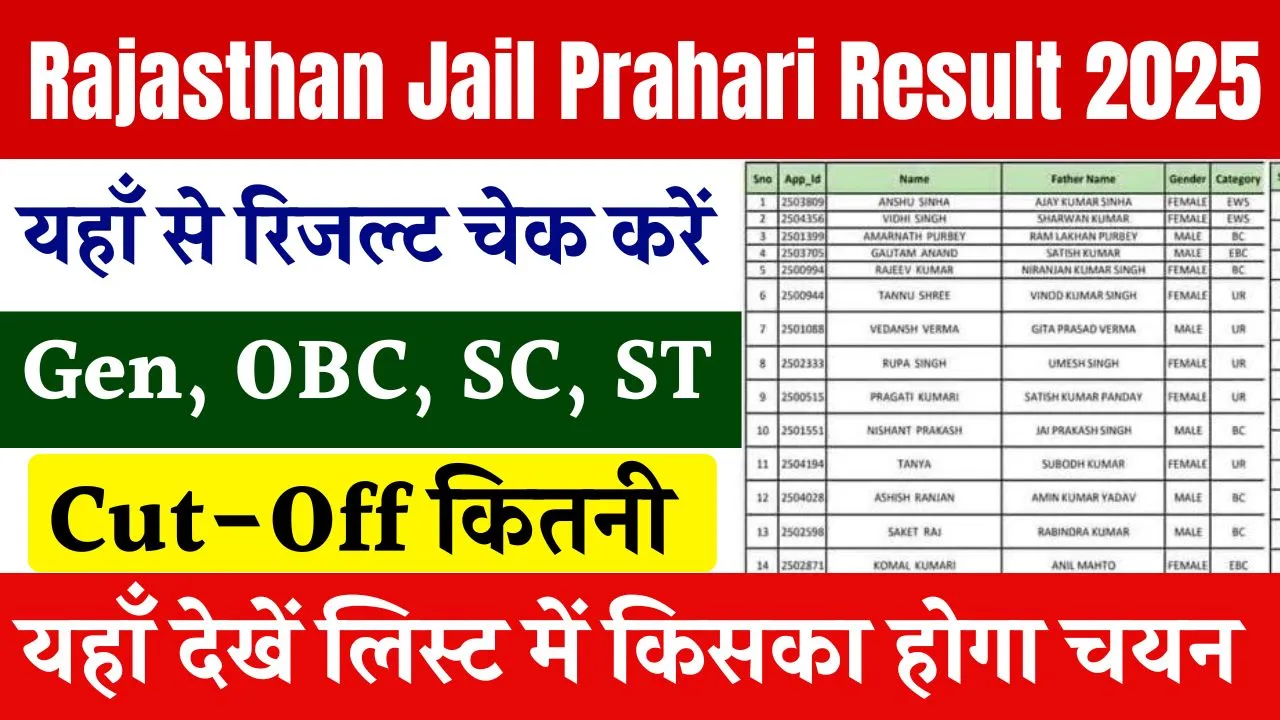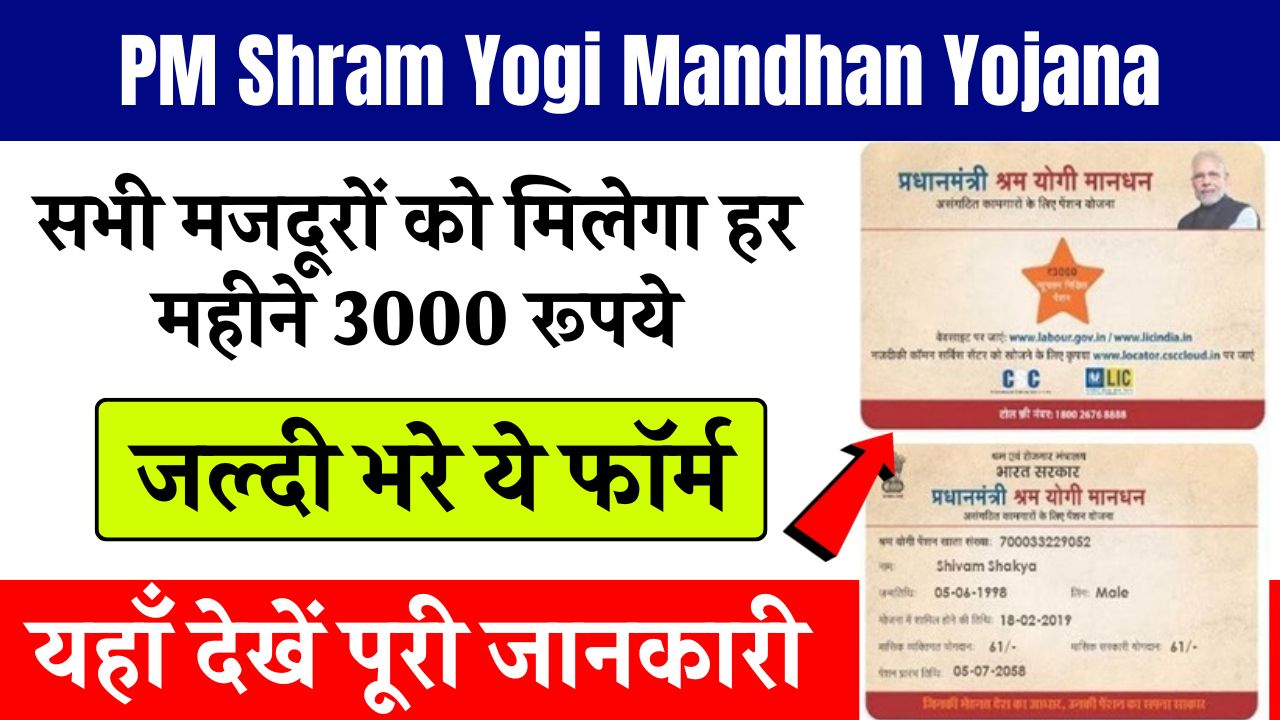One Nation One Education Policy: One Nation One Education Policy is a concept gaining attention across the country. It represents a unified system that aims to bring all students under one educational framework, removing gaps between different boards and curriculums. This idea promotes equal learning opportunities for students regardless of their region, background, or financial status.
This article explores what the One Nation One Education Policy means, why it is important, and how it could shape the future of education. It gives a clear picture of the goals, advantages, and challenges of implementing a common education system in India. Whether you’re a student, parent, teacher, or policymaker, this article will help you understand the potential impact of this policy.
What is One Nation One Education Policy?
The One Nation One Education Policy is a proposed idea to create a uniform education system for all students in the country. It aims to replace the multiple state boards and central boards with one national-level curriculum. The idea is to provide equal quality of education to all, so students from different states and backgrounds receive the same learning opportunities.
This policy focuses on reducing the inequality in education by setting common standards, syllabi, and evaluation systems. It also promotes the idea that every child, no matter where they live, deserves the same quality of education.
Why Do We Need One Nation One Education Policy?
India has a wide variety of education systems, including state boards, CBSE, ICSE, and international boards. This has created major differences in teaching styles, learning outcomes, and opportunities. Some students get access to better resources while others struggle with outdated systems.
One Nation One Education Policy aims to solve this problem by ensuring that every child studies the same curriculum. This can improve learning quality and create a level playing field for competitive exams. It can also help students who move from one state to another, as they won’t have to adapt to a new education board.
Benefits of One Nation One Education Policy
- Equal Opportunity: All students get access to the same curriculum, resources, and assessments.
- Mobility and Flexibility: Easier for students to shift between states without facing educational challenges.
- Improved National Identity: Promotes unity and national integration through a common learning framework.
- Better Teacher Training: Teachers across the country can be trained under one system to maintain a standard teaching approach.
- Boost to Competitive Exams: Equal preparation levels for national exams like NEET, JEE, UPSC, etc.
Possible Challenges in Implementation
While the idea is strong, it is not easy to apply. Each state in India has its own language, culture, and educational needs. A single policy may not suit every region equally. States might resist losing control over their education system.
There could also be a gap in resources. Some schools might not have enough teachers or technology to teach the national curriculum properly. Language could also be a barrier, as students across India speak different mother tongues.
Key Elements Needed for Success
To make One Nation One Education Policy successful, certain factors must be ensured:
- Digital Infrastructure: All schools should have internet access and digital learning tools.
- Teacher Training: Teachers must be trained to follow the national curriculum.
- Multilingual Support: Curriculum materials should be available in regional languages.
- Continuous Evaluation: Regular feedback and assessments must be built into the system.
Two Main Features in List Form
1. Uniform Curriculum and Textbooks
- All students study from the same syllabus
- No difference in learning content between rural and urban schools
- Reduces stress during competitive exam preparation
2. Standardized Teacher Training
- Same training modules for all teachers
- Focus on activity-based and student-centric learning
- Helps maintain teaching quality across states
Impact on Different Stakeholders
- Students: More equal opportunities, especially in rural areas
- Parents: Easier to plan and support children’s education
- Teachers: Access to better training and resources
- Government: Easier to monitor and improve national education standards
The One Nation One Education Policy can bring positive changes to millions of students, but it needs proper planning, patience, and collaboration between states and the central government.
FAQs
What is the goal of One Nation One Education Policy?
The goal is to provide equal and high-quality education to all students by having a common curriculum across India.
Will this policy affect private schools?
Yes, if implemented, even private schools may be required to follow the national curriculum, though flexibility in teaching style may remain.
Is language a concern in this policy?
Yes, the curriculum must be available in multiple languages to suit students from different states.
How will this policy help students in competitive exams?
It ensures that all students are equally prepared with the same syllabus, giving them a fair chance in national exams.
When will this policy be applied?
There is no fixed date yet, as it’s still under discussion and planning by educational authorities.
Final Thought
One Nation One Education Policy holds the power to transform India’s education system. It can bring fairness, unity, and progress in the learning journey of students from all walks of life. If planned and applied properly, it will help create a stronger and more educated nation.
Would you like to explore more about your future in education or career? Check your personalized horoscope or visit our related content for more insights! Don’t forget to comment your thoughts or share this article if you found it helpful!











